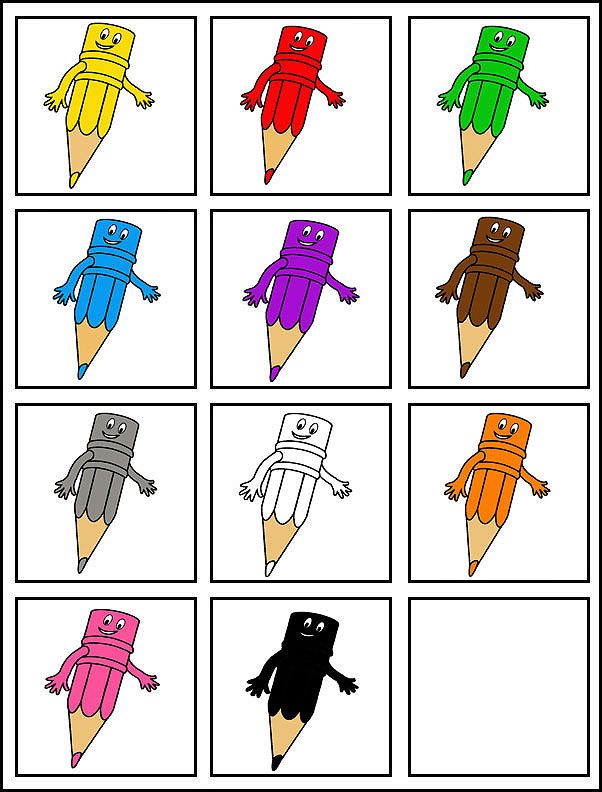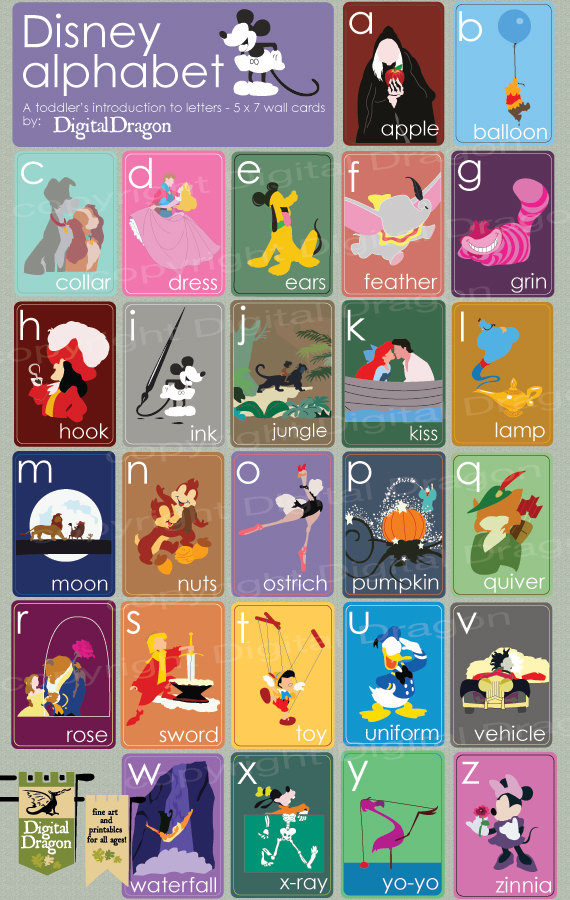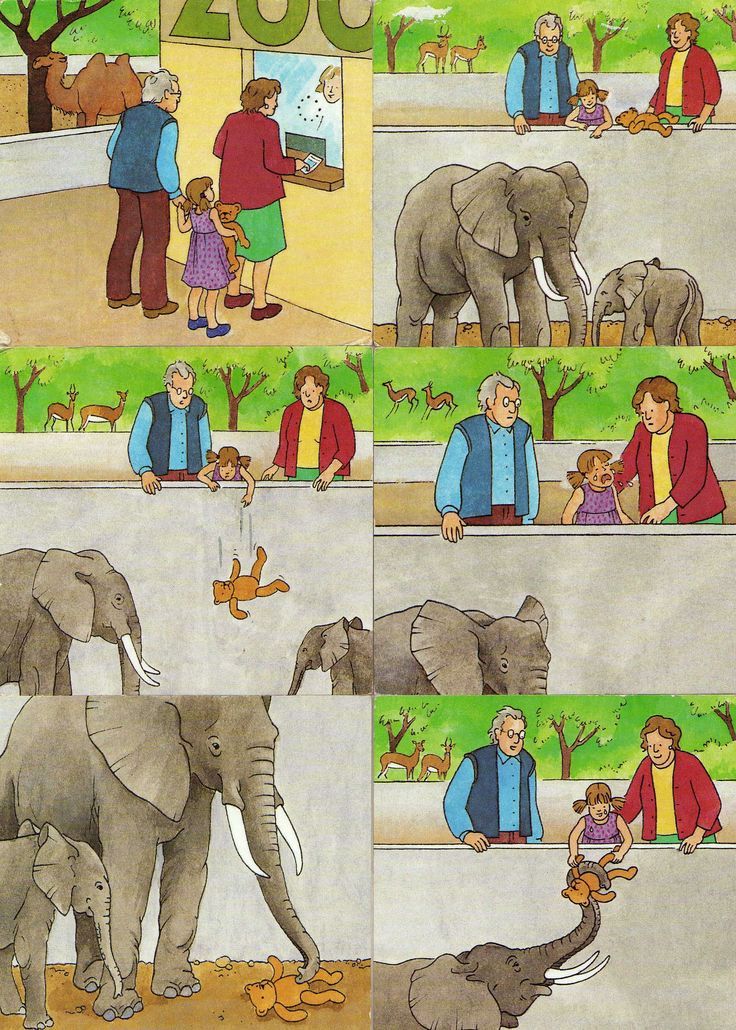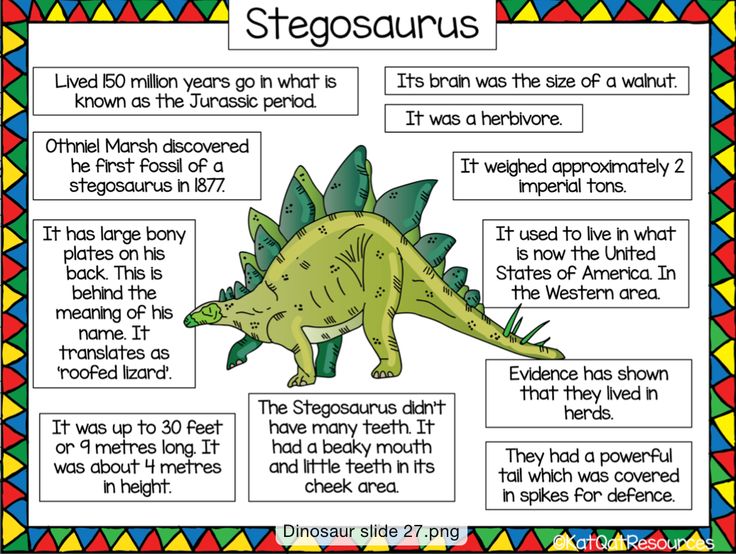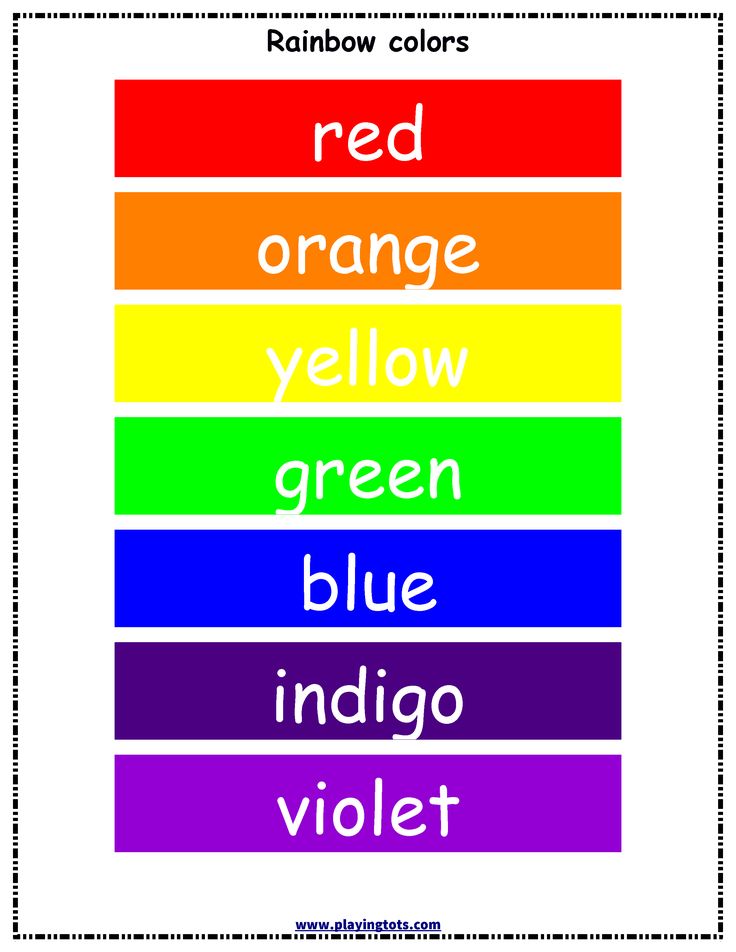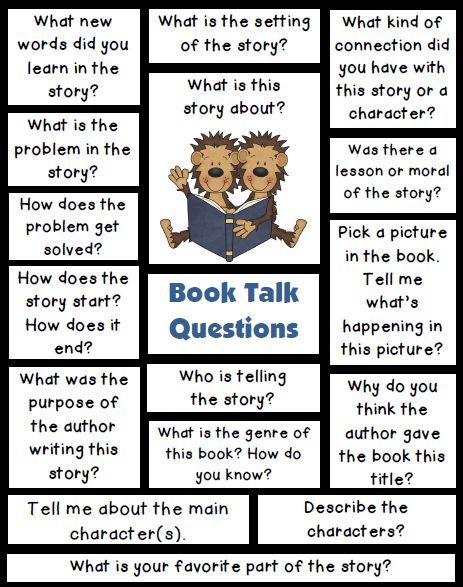Teaching color to kindergarten
10 Activities for Teaching Colors in Kindergarten
Curriculum | Featured
Teaching colors in kindergarten is an important and fun skill to teach. These kindergarten color activities will make learning hands-on and engaging all year long. Plus, your students will work on math, literacy, fine motor, and problem-solving skills along the way.
Colors and Color Word Activities for Kindergarten
Teaching colors and color words in kindergarten helps students to visually discriminate colors and begin working with colors in different subjects, such as math, literacy, and art.
From sorting, graphing, reading color words in sentences, and identifying colors in art, teaching colors is an important life skill for young learners.
#1. I Spy!
I Spy! is a kid-favorite when it comes to kindergarten color activities. This game can easily be incorporated anytime of day, whether it’s a morning warm-up, carpet game, or quick time-filler activity.
To play, one person is the “spy.” They look around the room and say “I spy something (green/blue/red).” Students then take turns raising their hand and guessing what it is. The first student that guesses correctly is the next “spy.”
Using color games with students is an effective way to engage them and practice skills in a fun way.
#2. Scavenger Hunt
Another way to get your students active and engaged in the learning is to do a color scavenger hunt. To play, draw different colored circles in the middle of various notecards. You can use as many colors as you’d like to work on.
The students will draw a notecard, identify the color, and go around the classroom to find something in that color. When they find something in the matching color, they stop and raise their hand in place.
Once everyone has found a match, go around the room calling on students one at a time and have them share their color and what the object is.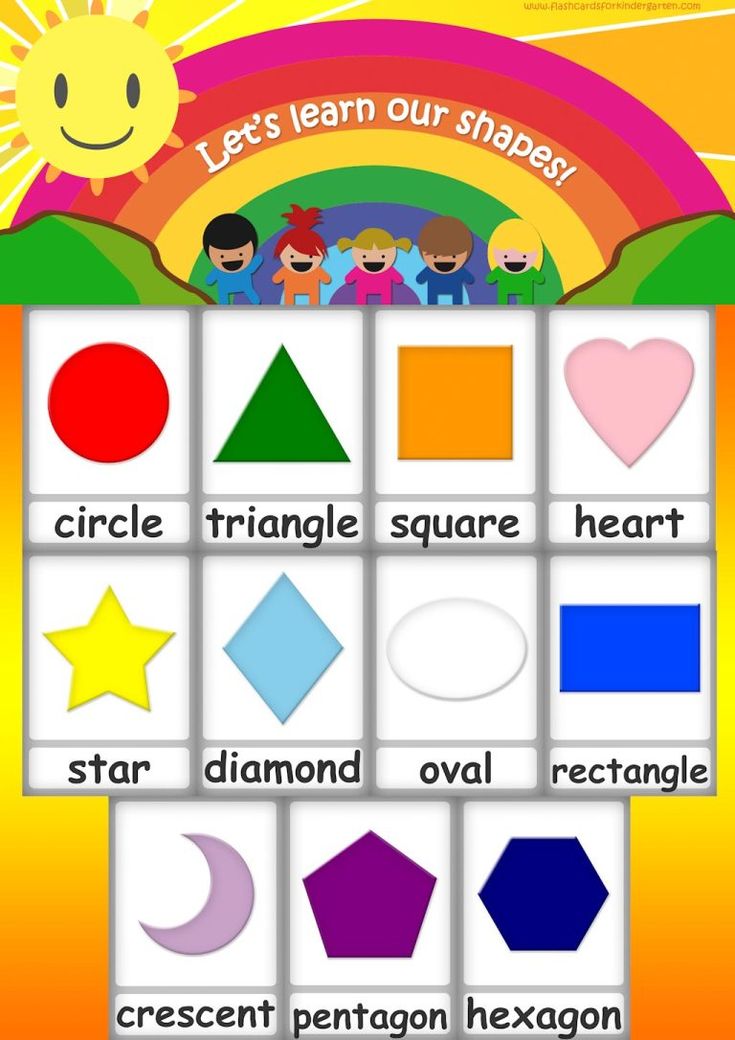 Have them return to their seats, pass their cards to the left, and repeat the scavenger hunt again with their new colors.
Have them return to their seats, pass their cards to the left, and repeat the scavenger hunt again with their new colors.
Another option is to do this activity in small groups. Give students 2-4 notecards and have them go around the room and collect objects. Then, they return to the small group table and match the object to the correct color notecard before switching cards.
#3. Color Patterns
Whenever you can combine your kindergarten color activities with math, that’s a teacher win! Practice identifying colors and making patterns with different colored counting bears, color links, or plastic cubes.
You can call out a pattern and have students model it with their manipulatives. You can also use pattern cards to help students model various patterns, such as AB, AAB, ABB, ABC, and AABB patterns.
#4. Color Sorts
A simple yet effective kindergarten color activity is to have students practice sorting by color and saying the colors out loud.
You can give students a handful of manipulatives, such as pattern blocks, colored cereal, plastic cubes, mini erasers, color links, etc.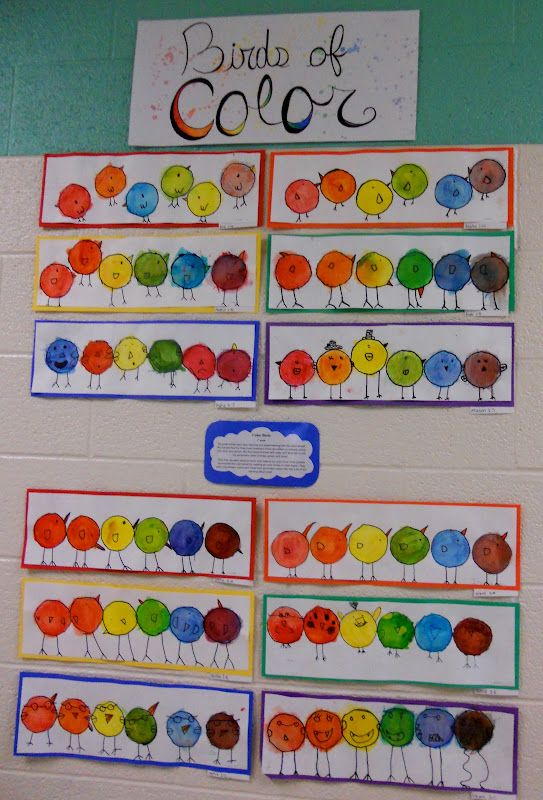 Have them sort the manipulatives by color and identify the color by saying it out loud.
Have them sort the manipulatives by color and identify the color by saying it out loud.
To take it a step further, ask students to count how many are in each category to practice math skills.
Another variation of this activity would be to have different colored cups or containers and have students sort their pile into the proper cup or container.
If you don’t have different colored cups or containers, you can write the color word in a colorful marker on a sticky note and stick it to the outside of any cup or container you have on hand. This would help students learn their color words as well.
#5. Egg Carton Fill
This color activity uses both color knowledge and fine motor skills. Prepare an egg carton by coloring a circle on the bottom of each space in an egg carton. You could also use a colored circle sticker instead and stick it in the bottom of the spaces.
Have students use jumbo tweezers to sort colored pom poms into the correct spaces in the egg carton, matching the colors of the pom poms to the circles. This would be a great small group or fine motor center activity.
This would be a great small group or fine motor center activity.
#6. Play Dough Color Count
Play dough is a great manipulative to keep on hand when teaching colors. Students can practice identifying colors and counting at the same time.
To prepare, write different color words in the corresponding color with marker on notecards. Students will draw a color card to determine which play dough color they’ll use. Then, they’ll roll a dot cube and count the dots. Finally, they’ll form that many play dough balls in the correct color, counting as they go.
Students can do this activity at a small group table or desk or with a color matching mat.
#7. Color Call Out
The next kindergarten color activity is another super easy, no prep game that can be played at any time.
To play, stand in circle as a whole group. One person calls out a color. Starting with the person to the left of them, each student says a real world object that is that color. After every student has said an object, the whole class spells the color word together.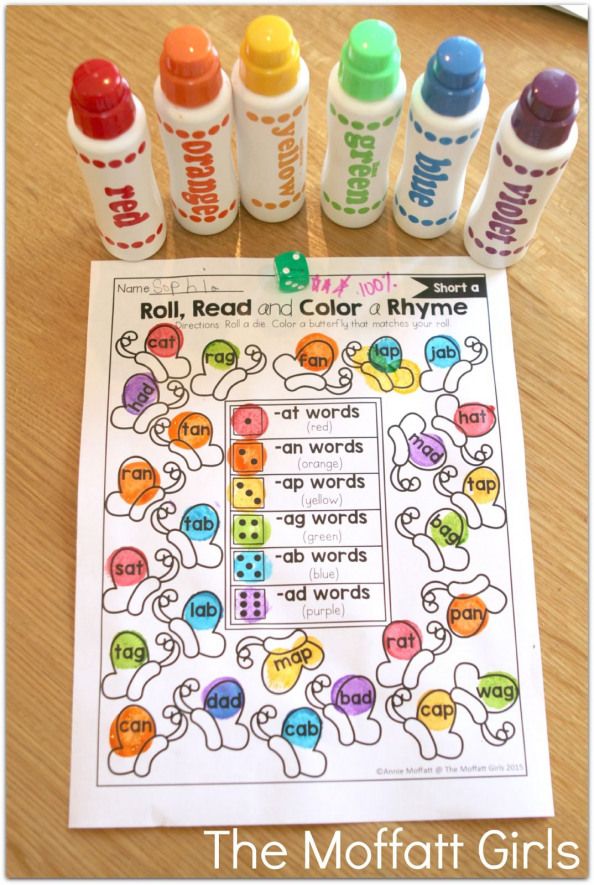
Students take turns being the “caller” and calling out the next color.
#8. Roll and Match Colors
Color Roll and Cover is a fun game for students that makes practicing colors super fun.
You can use a color cube or a dry-erase cube to write color words or draw colored circles on. Students will roll the cube and cover a space on their roll and cover mat with a matching colored manipulative. The first student to cover the most spaces wins.
This activity is one of the activities found in the Let’s Learn Colors Mini Unit.
#9. Bingo Dabber Activities
Bingo dabbers are perfect for several kindergarten color activities. You can give students a white piece of paper and have them write color words using the matching color of bingo dabber. This also gives students a little fine motor practice while forming the words.
Another option is to have students dab freely on a white piece of paper and have them say the color word each time they dab.
To practice spelling the color word, they could even say a letter each time they dab to spell the color word.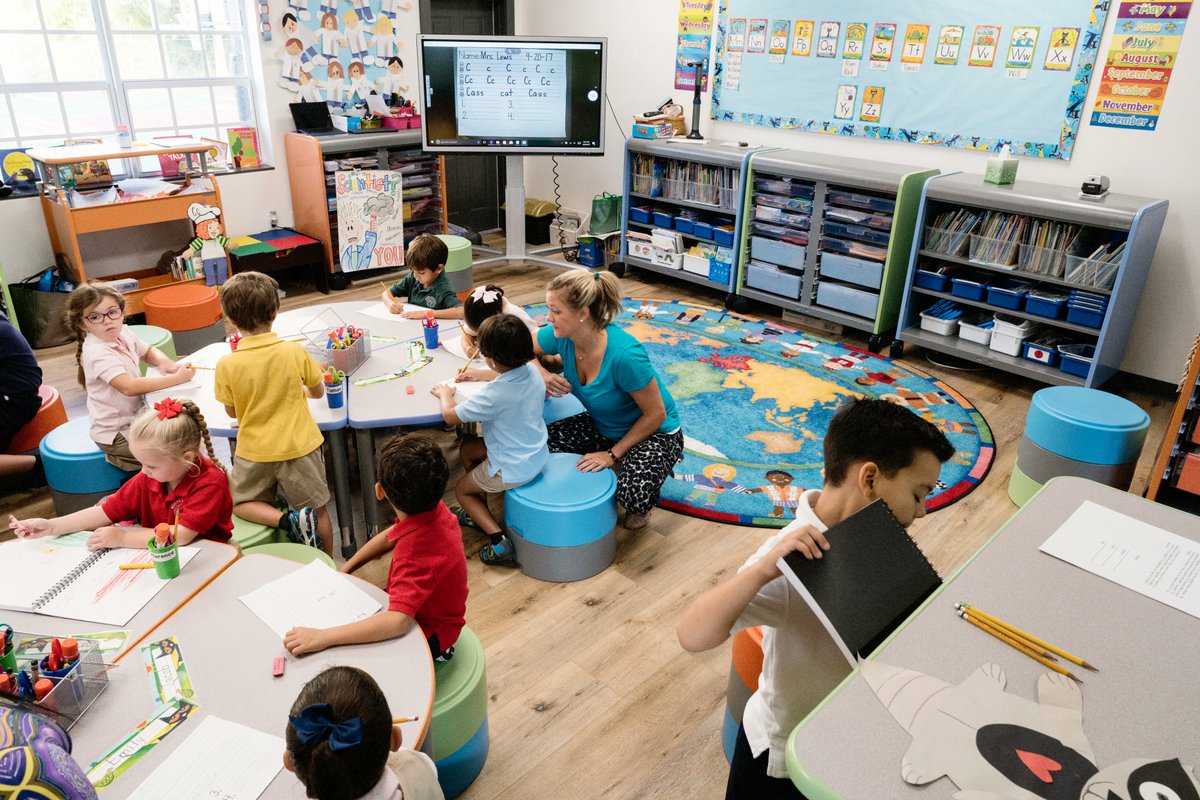 Once the word is complete, they switch colors.
Once the word is complete, they switch colors.
#10. Color Boom Cards
Using digital kindergarten color activities is another way to practice colors while engaging your students. Students can practice color recognition with real world objects or even color discrimination with Boom Cards.
They’ll hear the color words in the audio directions, giving them even more exposure to colors and color words.
I hope these 10 kindergarten color activities have given you some fresh ideas that you can implement with your students.
Looking for more colors and color words activities for kindergarten? Check out my Let’s Learn Colors Bundle, complete with color activities, centers, games, and no prep pages.
Post Tags: #color words#colors
Similar Posts
5 Hands-On Activities for Teaching Colors and Color Words
Who doesn’t love a little color? Colors brighten up our world. They’re cheerful and fun!
I absolutely love teaching about colors and color words. Plus, kids LOVE exploring color: matching, sorting, and mixing. In this post, I’ll share some of my favorite activities for teaching about colors and color words. I’ll also share some tips and resources (including a freebie!)
Plus, kids LOVE exploring color: matching, sorting, and mixing. In this post, I’ll share some of my favorite activities for teaching about colors and color words. I’ll also share some tips and resources (including a freebie!)
One of the earliest color related skills is matching. It’s usually one of the easiest skills (except for those with color blindness) and many young kids can do it independently, making matching and sorting activities excellent options for introducing centers in the first few months of kindergarten.
Here are some options:
- Color word puzzles build matching skills and introduce color words.
- Sorting pictures or objects can help kids classify different shades of colors.
- Give students paint chips for each color. Use a marker to write the color on the front of the paint chip and have them find pictures in magazines to glue onto the back. Hole punch the paint chips and use a binder clip to create a color book.
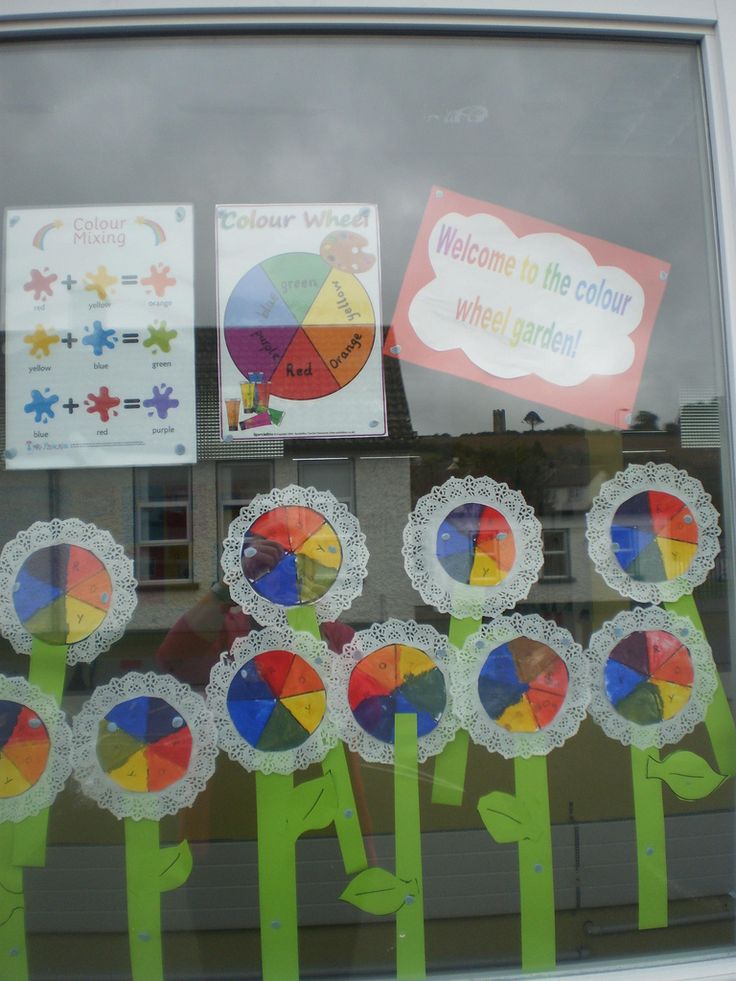
Books are a wonderful tool for introducing young kids to all sorts of things. Colors are no exception. There are so many excellent books that introduce kids to color words, primary colors, secondary colors, and color mixing. These are a few of my favorites. (The book links are affiliate links.)
This is one of my all time favorite books for teaching about colors. I love how interactive Mix It Up is. It asks the reader to touch, mix, and interact with the colors as if they were really painting.
Mouse Paint is such a perfect book for teaching colors. Kids enjoy following along as the three mice get into paint and end up mixing the colors as they dance and play.
The illustrations in this book are fun, colorful, and bright. Monsters Love Colors is a great book for introducing colors, color words, and color mixing to young kids.
Activity #3: Color MixingReading about colors is great, but there’s no substitute for hands-on exploration. Color mixing activities are always a hit.
Color mixing activities are always a hit.
A waterproof light table is perfect for color mixing exploration. The lighting really makes the colors pop, but there are plenty of other color mixing options.
- Mix paints on paper
- Use a white ice cube tray with colored water and an eye dropper
- Try combining small amounts of red, blue, and yellow playdough
Does your school do theme days like crazy hair day or silly socks day? Kids love those days. So, why not use that enthusiasm to help teach colors.
Plan two weeks of color days. Encourage kids to wear something with the color of the day and send home a small baggie for them to collect things that are the same color. (Remind them to only bring in things that aren’t valuable and allow any child who isn’t able to collect things at home to look for examples from the classroom to put in their bag.)
Activity #5: Games and Center ActivitiesOnce kids can identify, match, and sort different colors, it’s time to work on color words.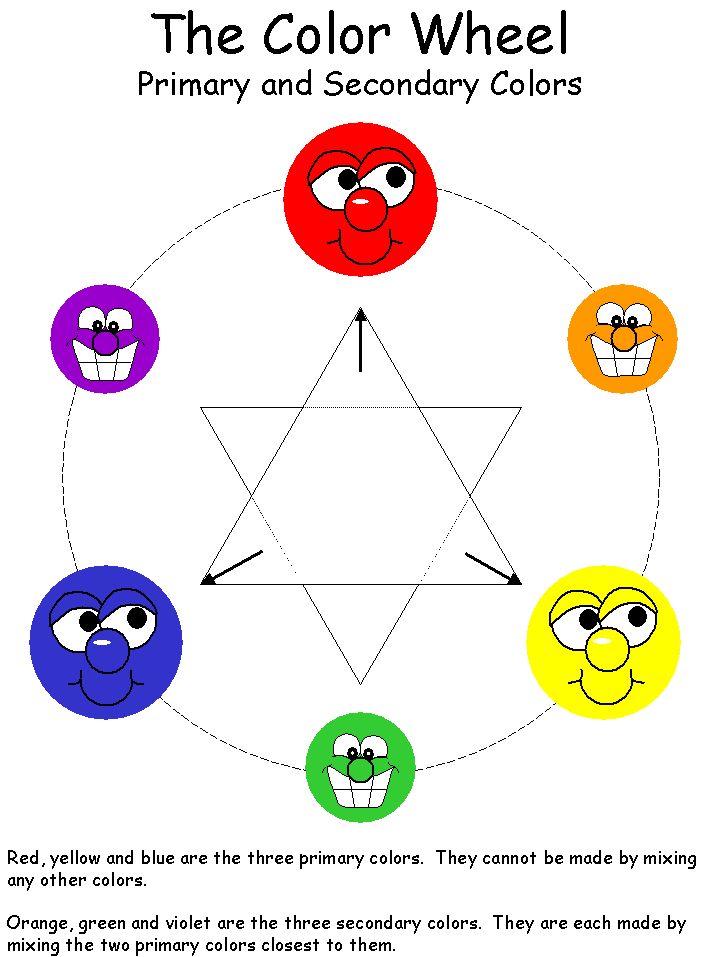 There are so many center options. The options are practically endless, but here are a few of my favorite center activities.
There are so many center options. The options are practically endless, but here are a few of my favorite center activities.
Playdough is always fun. Combine some playdough, stamps, and dry erase markers for a hands-on center that’s perfect for practicing color words.
Spin a color, write it with a white crayon, and paint over it with watercolor paint to make it magically appear. This center is a great way to practice color words while introducing painting expectations.
This is a great center for practicing color words and reviewing phonics. Using the initial sound of each picture, kids crack the code to discover the color words. This is a great way to challenge kids to think.
Hands-on centers are awesome and lots of fun, but worksheets have a place too. These simple color sheets are NO PREP and range from simple coloring to more c\hallenging simple sentences.
Where Can You Get The Free Color Crowns?You can get the free color crowns right below.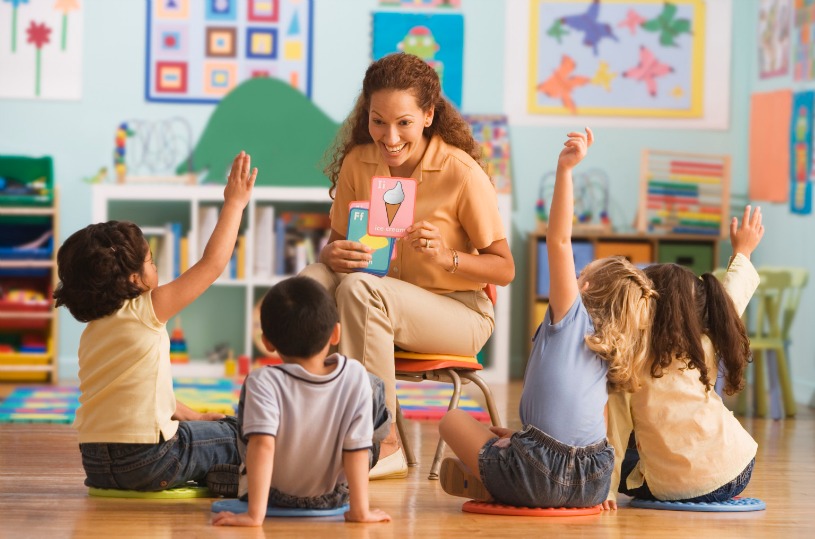
These are my go-to recommended color and color word activities. You’ll find everything you need to move from color matching and sorting to fluently reading and writing color words.
Click on the links to find out more.
- Learning Colors Center Activities
- Color Words Center Activities
- More Color Words Practice Activities
- Color Word Practice Activities BUNDLE
- No Prep Worksheets
- Color Words Books
- Color Words BIG BUNDLE
Learning colors: how to teach a child to distinguish colors and shades
It is generally accepted that by the age of three a child should learn to distinguish between primary colors. This skill is an important part of sensory development, it gives the child the opportunity to see the world in a new way.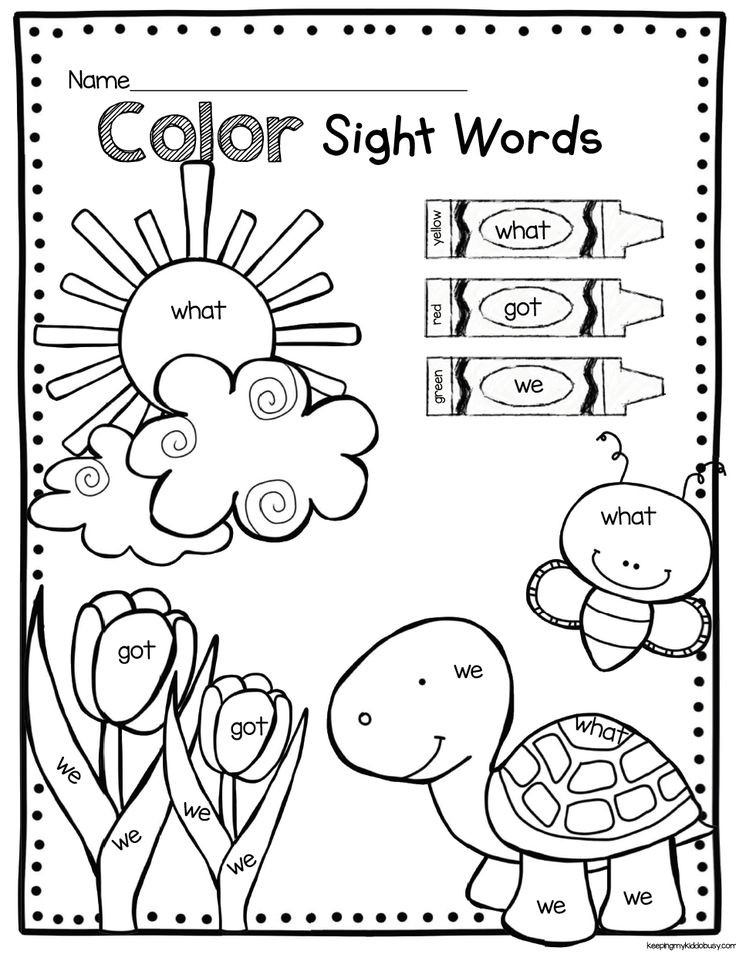 Often, if the baby does not know or confuse colors, parents have concerns about the pace of development of the child. Do I need to worry if the study of colors is not easy for a child? How to teach a child to distinguish colors? You will find answers to these questions in our article.
Often, if the baby does not know or confuse colors, parents have concerns about the pace of development of the child. Do I need to worry if the study of colors is not easy for a child? How to teach a child to distinguish colors? You will find answers to these questions in our article.
At what age does a child begin to see colors?
Studies have shown that children begin to perceive colors by 2-3 months. The first colors a child sees are yellow, orange, red, green. At this age, babies can already react differently to their toys of different colors (for example, a red rattle can please a child more than a blue one), look at bright pictures with enthusiasm. The baby's world quickly acquires colors, but if we talk about the ability to consciously find an object of the right color, then usually it appears in children at the age of one and a half. It is at this age that it is optimal to start learning colors in a playful way. You can voice the names of flowers to a child for up to a year, this will only benefit him.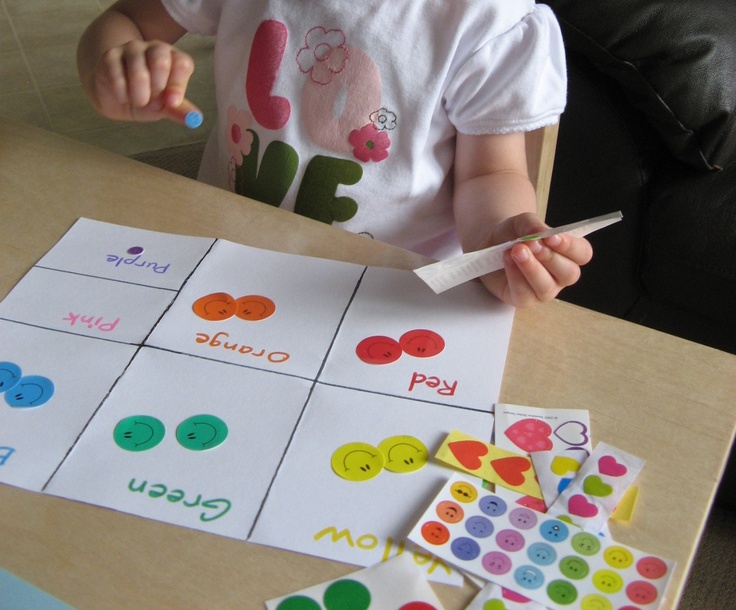 But do not demand too much from the baby, remember that his brain is actively developing, and as soon as the time comes, you will certainly see the results.
But do not demand too much from the baby, remember that his brain is actively developing, and as soon as the time comes, you will certainly see the results.
To see if your child is ready to learn colors by playing with building blocks, ask your child to point to a part that is the same color as yours. If the baby can find objects of the same color, then he is quite ready to memorize the names of colors.
Learning colors in everyday life
Children get most of their knowledge about the world in everyday life: communicating with adults and peers, observing nature, playing. The study of flowers is no exception. Sometimes a child does not need to do special exercises to learn to recognize colors. For this, it is enough that he hears the name of the color and associates it with a specific thing. During daily activities, voice for the child what color the objects are around. Whether you are drawing, playing with blocks, looking at cars in the yard, reading, swimming, eating, dressing - in each of these situations, you can gently teach your child to distinguish colors.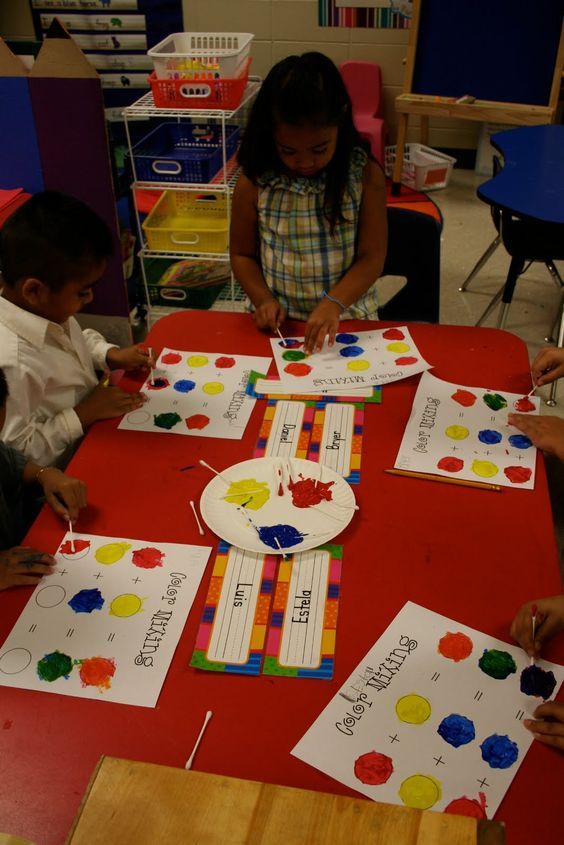
It is important that the study of colors does not turn into torture. You should not constantly test the child's knowledge by asking him which color is which. Soon the baby may just start to ignore you. “Let's paint the sun yellow!”, “What a delicious green cucumber!”, “Oh, where did the blue cube go? Here he is!" are examples of how you can gently help your child remember colors.
Games for learning colors and their shades
In order to get your baby interested in learning colors or to reinforce the knowledge they already have, you can offer your child to play special “color” games.
Color Sorting
Sorting games are designed to help children learn to group objects by color. Any materials at hand can be items for sorting: toys, covers, designer parts, cubes, buttons, cereals, pencils, etc. You can organize the game in various ways:
You can come up with as many options for sorting by color, it all depends on your imagination.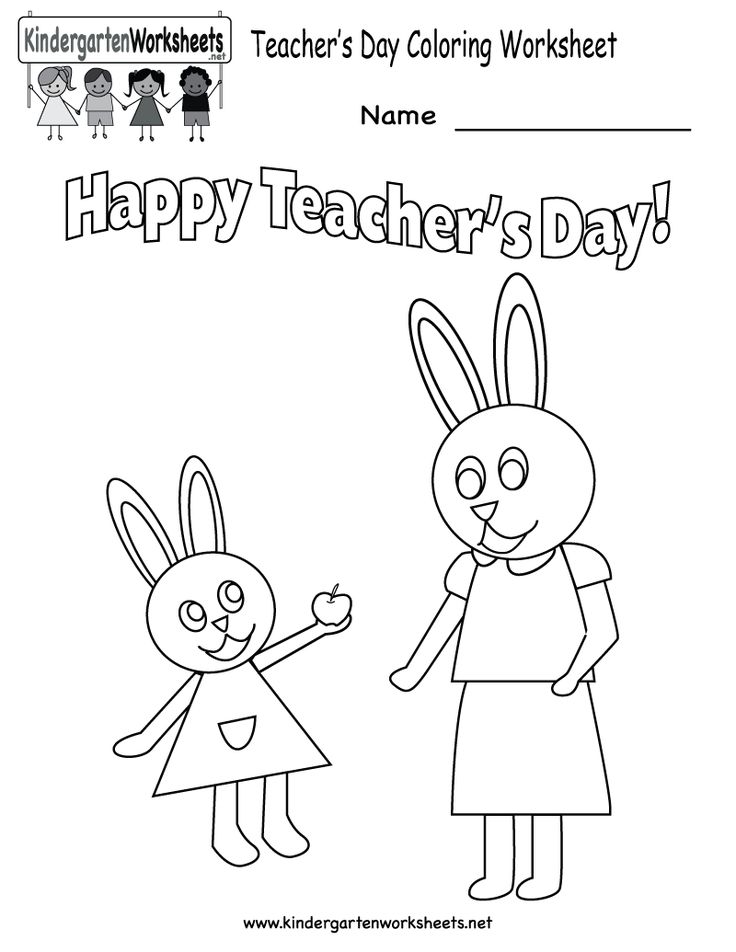 So that the child does not lose interest in the task, connect the plot of the game with his favorite characters, toys (for example, a cat will eat from a yellow bowl, and a baby elephant from a red one, etc.).
So that the child does not lose interest in the task, connect the plot of the game with his favorite characters, toys (for example, a cat will eat from a yellow bowl, and a baby elephant from a red one, etc.).
Match a Pair
Help your child learn colors with the Match a Pair series. Ask your child to find a petal for a bug, a pot for a flower, a roof for a house, etc. You can present the baby with a deliberately wrong option and ask to correct the mistakes.
Pick up a patch
Show the child the picture with the missing details. Ask him to fill in the gaps (this can be done with plasticine, pom-poms, caps, cards, etc.).
Color Lotto
At the age of about one year, children begin to be interested in various lottos. In the color lotto, the task is to collect pictures of the same color on the card.
Colored Sensory Boxes
Create a sensory box for your baby where everything is the same color. During the game, the child will be able not only to remember the color that he sees, but also to develop fine motor skills, tactile sensitivity, thinking, and imagination.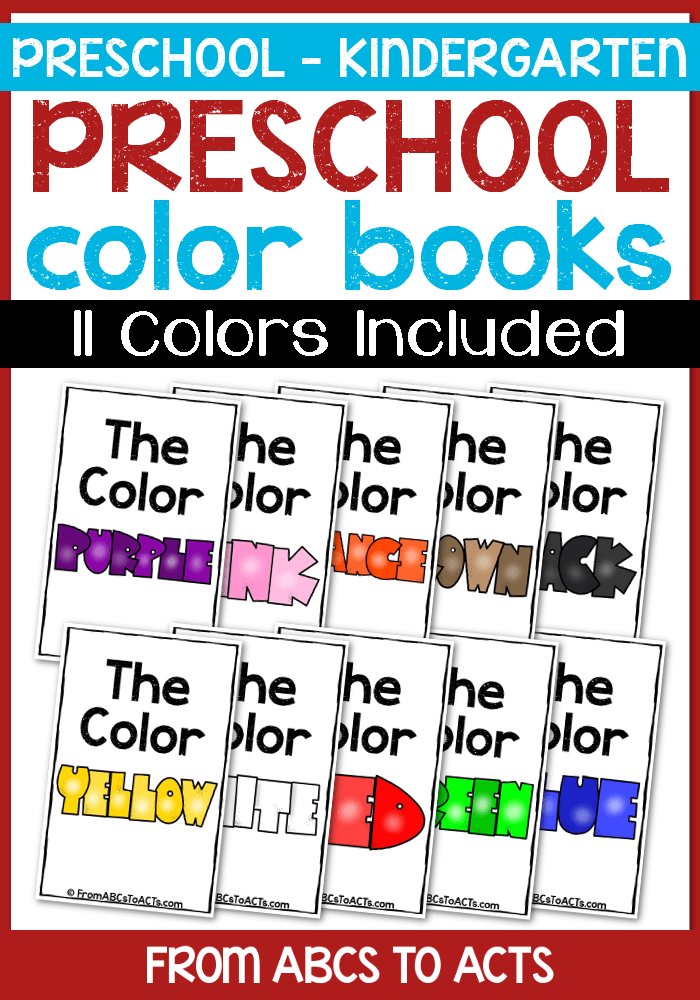
Color days
This is one of the most interesting and popular ways to teach your child to distinguish colors. Its essence is that during the day (or several days) you draw the child's attention to objects of a certain color. For example, on a yellow day, you can dress in yellow clothes, play with yellow toys, draw a yellow chicken. Surrounded by one color, the baby will easily remember it.
Cards for learning colors
You can learn colors with your child using cards. With the help of Doman's "Colors" cards, you can introduce your baby not only to the main colors, but also to different shades. It is important not to overload the child with unnecessary information about the names of 10 shades of green or red. Learn only those shades whose names you can use in the game and life.
Board games for learning colors
Board games are a great way to learn about colors and consolidate knowledge about them. Currently, the stores offer a wide range of similar games for every taste and budget.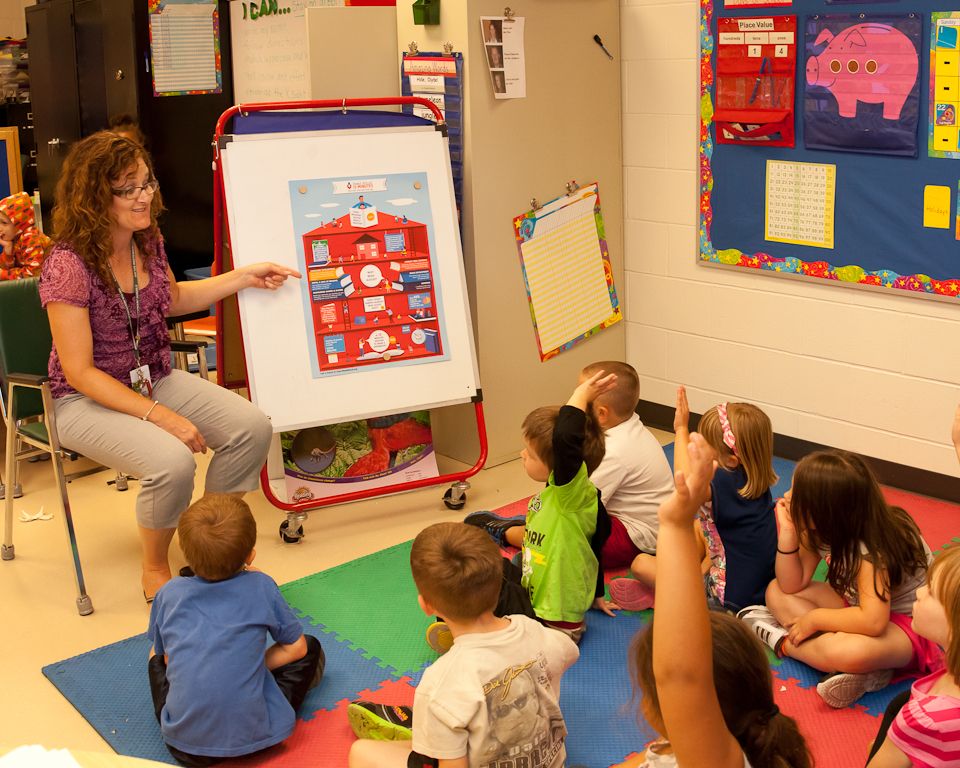 Choose a game that suits your child.
Choose a game that suits your child.
Educational cartoons
There are many educational cartoons on the Internet that will help your child memorize colors quickly. Here is one of them:
Educational books
If your little one loves to listen to stories and look at pictures, this is the way for you. We all remember the wonderful story of V.G. Suteev "Rooster and paints", by S.Ya. Marshak has a whole “Colorful book”. You can also find many educational books that will become your faithful assistants.
Conclusions
We have listed for you different color learning games. In order for a child to master the concept of color well, it is worth adhering to a number of principles: do not rush the baby, provide a variety of material for games, discuss what you see.
Conclusion
You can start studying colors from an early age, the main thing is that it is interesting for the child.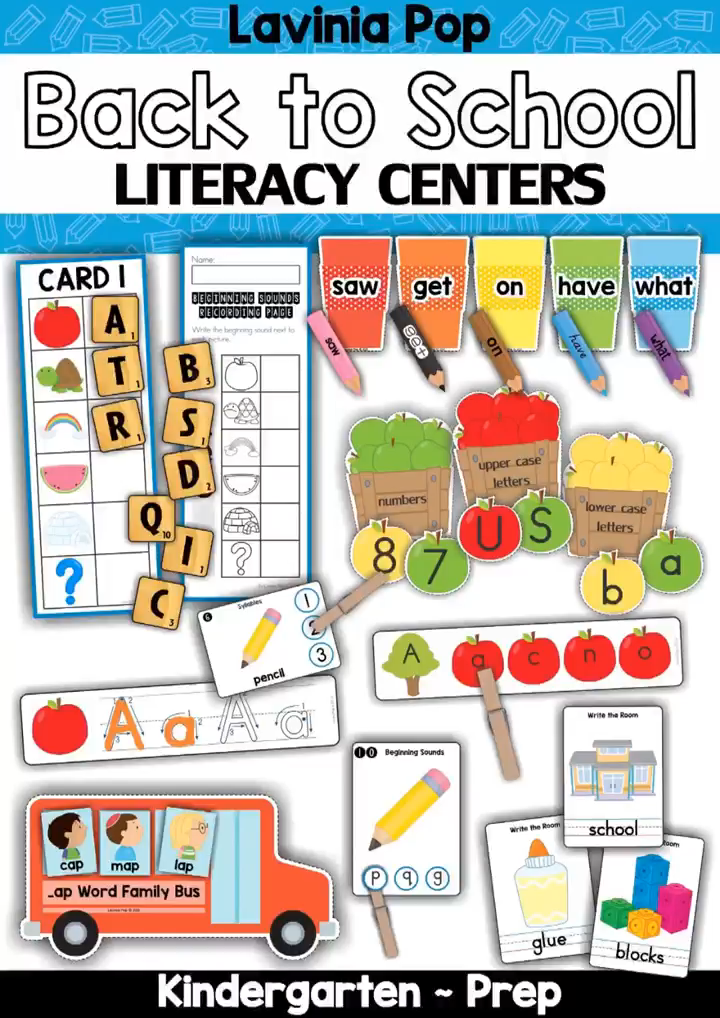 It is impossible to specify clear age limits when a child should learn primary colors. This process, like all development, is individual for each baby. The Sozvezdie Development Center has created a Montessori environment for kids, aimed at the comprehensive development of the child. In the classes "Together with Mom" children in a playful way get acquainted with the concepts of color, shape and size, do thematic creative work. You can learn from our teachers how to interest a child in an activity and how to properly present him with cognitive information. Develop with us!
It is impossible to specify clear age limits when a child should learn primary colors. This process, like all development, is individual for each baby. The Sozvezdie Development Center has created a Montessori environment for kids, aimed at the comprehensive development of the child. In the classes "Together with Mom" children in a playful way get acquainted with the concepts of color, shape and size, do thematic creative work. You can learn from our teachers how to interest a child in an activity and how to properly present him with cognitive information. Develop with us!
Prepared by a Montessori teacher
Sokolova Oksana
Introducing children to color, an integrated lesson in the 2nd junior group
Abstract of an integrated lesson in the 2nd junior group "Introducing children to color"
Author: Varlamova Tatyana Yurievna, teacher of kindergarten No. 1, Feodosia
Program content:
Strengthen the ability to distinguish between 5 colors.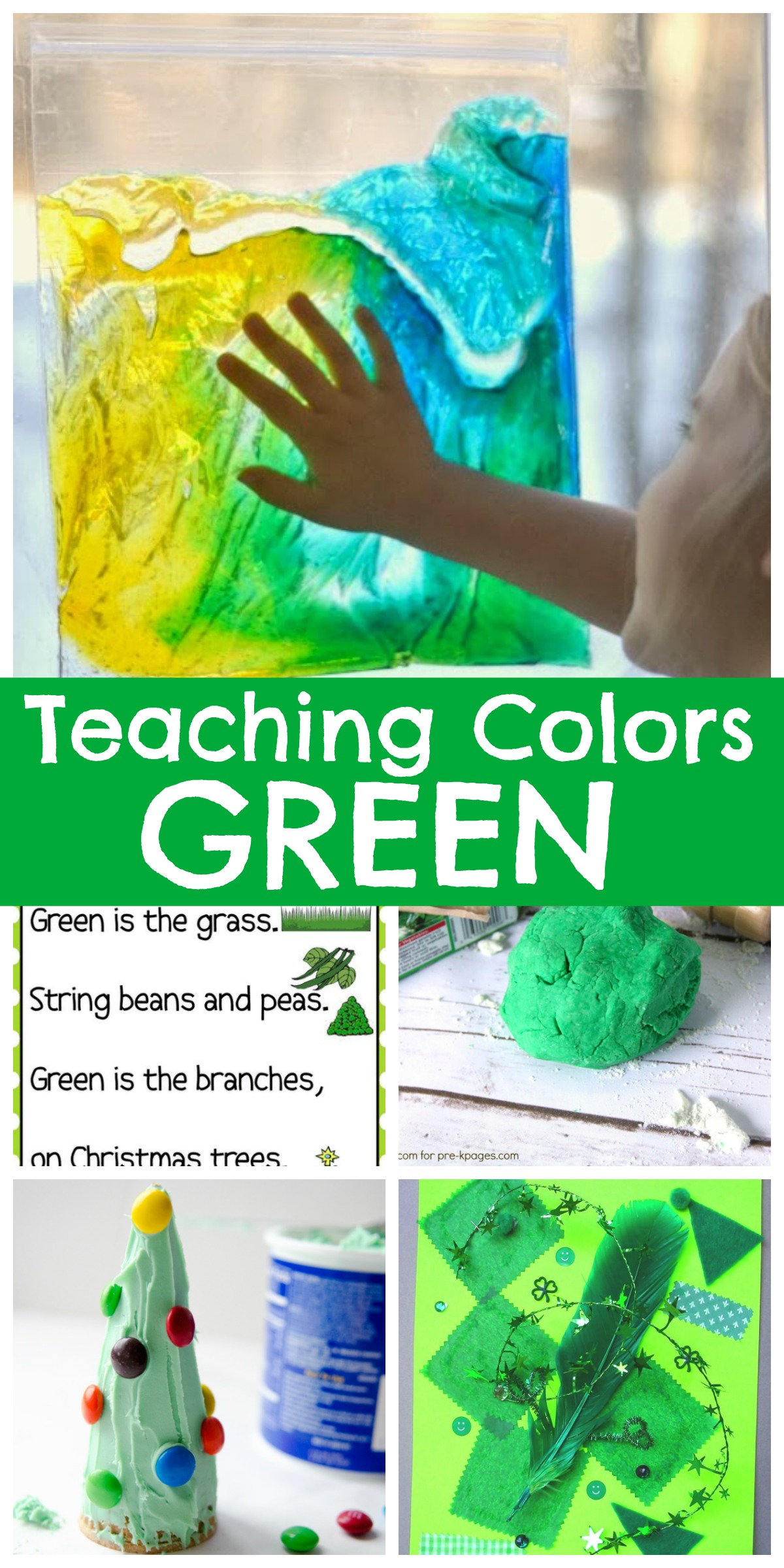
To form an idea that color is a sign of objects and can be used to designate them.
To form an idea of different shades of color by intensity; give children an idea of natural colors; to teach in a consistent way to get paint and dye the fabric with beetroot juice in a dark red color, to introduce children to the elements of experimental activities.
Strengthen brush skills. Develop fine motor skills of the hands.
Dictionary:
Enter the following concepts into the children's active dictionary: paint, paint, dark red color, workshop.
Equipment:
Lena doll, prepared panel-picture and a set of objects in different colors; geometric shapes - a circle, a square, a triangle of red, blue, green, yellow, white colors; grated beetroot, beetroot juice, white pieces of cloth according to the number of children; gouache, brushes, glasses of water, prepared cards according to the number of children.
Course of the lesson:
Dramatization of the fairy tale about the magic brush
Children sit on chairs in a semicircle in front of the easel.
Guys, do you like fairy tales? Then listen to a story about a girl just like you.
Once upon a time there was a girl named Lena. She was very fond of drawing. On her birthday, mom and dad gave her a set: an album, a brush and gouache paints. Look at the colors there. Name them: yellow, red, blue, green and white. How many brushes were given to Lena? (one) How many colors did you give? (a lot of).
- I am not a simple brush, but a magic one. I will teach you how to draw, provided that you, Lena, will think, try and not be lazy.
- Just think, magical - said Lena. I also have to think for her, try not to be lazy. Here's another! If you are magical, you will think for yourself and draw everything correctly! And I already know and can do everything.
- Oh, so - the brush said when they heard such words - I will not help you Lena, I was offended by you. Draw yourself, as you know. Let's see what you can do.
Lena set to work. She got this picture.
Didactic game "Correct Lena's mistake"
Guys, look carefully, did Lena draw everything correctly? Where did she go wrong?
1.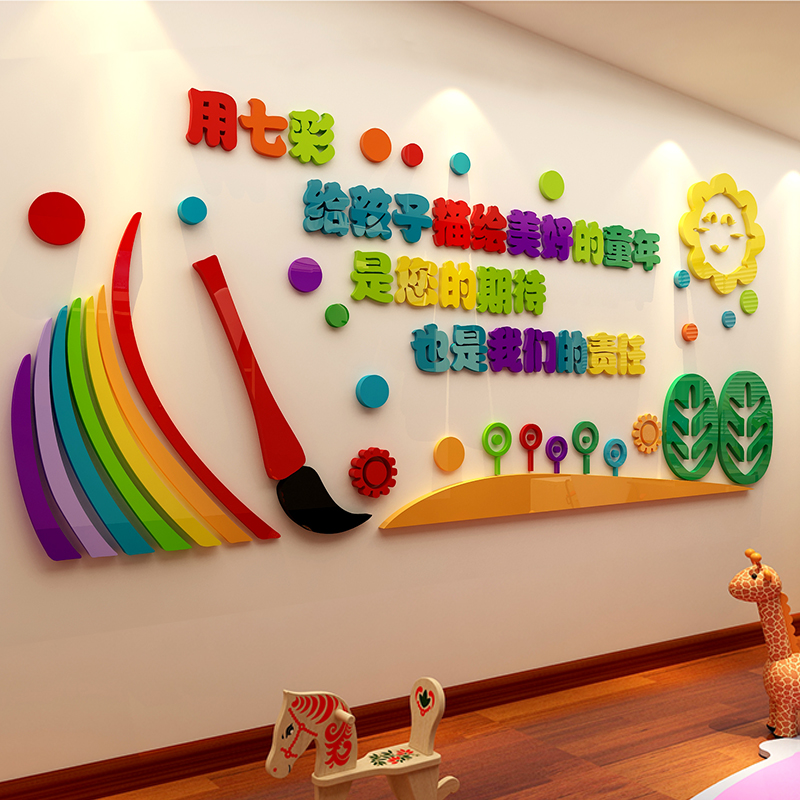 Is the sky ever green? And how does it happen?
Is the sky ever green? And how does it happen?
2. Is the sun blue? And what is the sun?
3. The clouds turned yellow. What are clouds?
4. The grass in Lena's painting is white. What's wrong?
5. Is the cat red? What color is the cat?
That's how many mistakes Lena made. Guys, can we help the girl correct her mistakes and make peace with the brush? Let's make a new picture. (Children one by one go to the easel and, choosing the silhouette of the desired color, make up a new picture).
Now you remember what colors you had to draw a picture. You did it because you know a lot, thought well and tried. Remember Lena - any business needs to be learned. Make peace and make friends with your brush and learn to paint.
- Forgive me, brush, I understood everything and will correct myself. Well Lena, I'm not angry with you, and I will help you.
Dynamic gymnastics "Find the object of the right color"
I will give everyone 1 colored figure (circle, square).
– What did Anya take, what color? Find objects of the same color in the group and go there.
Color talk
Children go to separate tables with equipment.
At all times people loved to draw. Now paints for drawing can be bought in the store. But a long time ago, when your grandparents did not yet exist, people did not have such colors as you do. And people took paints from nature - they made paints from clay, from the juice of vegetables and berries, from herbs. Want to know how they got the paint? Then I invite you to go to the workshop and try your hand. A workshop is a room in which people work, make things, make something with their own hands.
Experimental activity
I chose a dark red beetroot, grated it and squeezed out the juice. What color is the juice? (Dark red). I poured juice into bowls.
Now I'm going to color a piece of white fabric dark red with natural dye. Do you want to dye the fabric dark red with your own hands? Then let's get started.